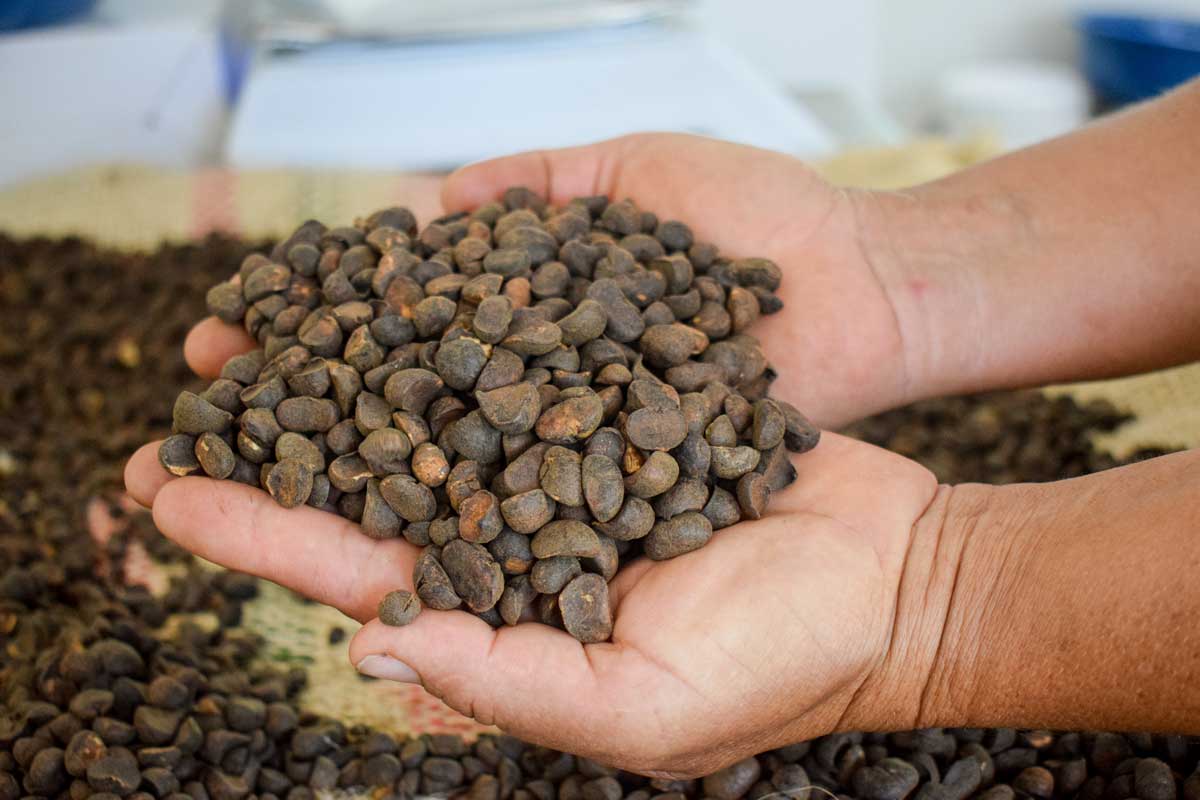Recommended seed transfer zones. By restricting the movement of seedlings or seeds for restoration to within each zone there should be no erosion of Brosimum alicastrum’s genetic diversity. Image: Tonya Lander
From a blog post by Alex Monro https://tropicalbotany.wordpress.com
As part of a recent grant from the UK Government’s Darwin Initiative (#18-010) to provide tools to support sustainable reforestation with Brosimum alicastrum, a common tree in Central America, we have identified safe zones for seed and seedling transplantation. The aim is to protect the genetic diversity of the species and the genetic distinctiveness of the regions whilst at the same time allowing it to be used in reforestation and restoration. To do so we undertook a genetic survey of the species across it’s range but with special emphasis on Central America where the species is most common and where demand for its use in reforestation is greatest.
Tonya Lander analysed the genetic data and using statistical techniques identified areas that were genetically distinct from each other. These are marked by thick black lines on the map above. We recommend that seeds and seedlings are not be moved from one area or zone to the next. If they are moved from one zone to the next, then once they reach maturity and begin to release pollen and produce fruits, this will erode the genetic distinctiveness of this area. Fortunately given the size of the zones this should not greatly impact ongoing reforestation in Central America.
The zones identified comprise:
1) Mexico, Guatemala, Belize, El Salvador, Honduras & Nicaragua,
2) Costa Rica, Panama & Colombia,
3) the Greater Antilles, and
4) South America excluding Colombia.







